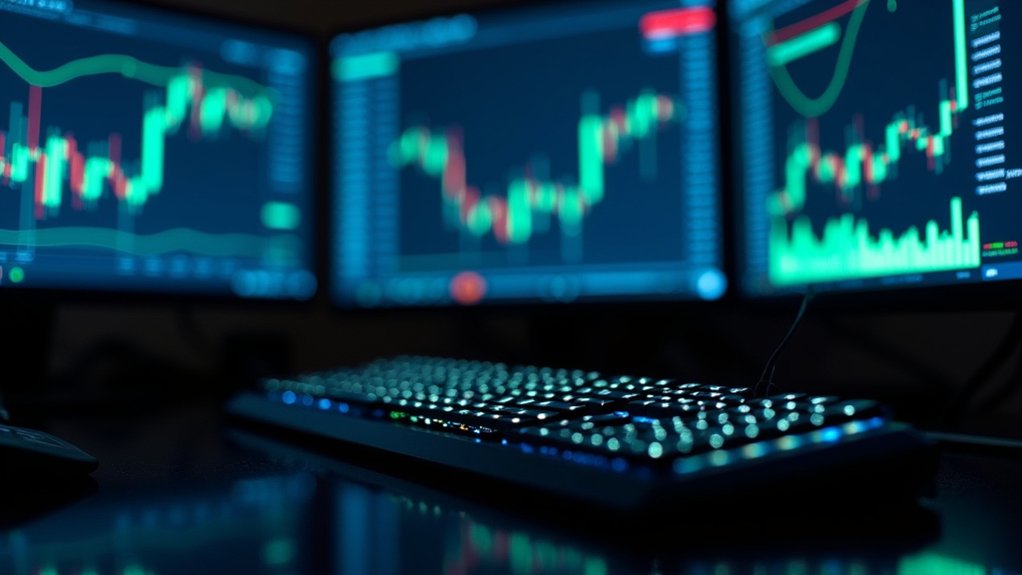As President Trump’s aggressive tariff plan looms on the economic horizon, investors worldwide are scrambling to fortify their portfolios against potential market turbulence. The April 2025 implementation of a sweeping 10% tariff on imports has sent ripples through global markets, leaving financial advisors and everyday Americans alike searching for safe harbors in an increasingly choppy economic sea.
The tariffs, justified through a national emergency declaration, don’t merely represent a tax on foreign goods. They signal a fundamental restructuring of America’s economic relationships—with some nations facing penalties as high as 50% based on trade deficits and practices deemed unfair by the administration. China will bear among the heaviest burdens with 34 percent increased tariffs on top of existing penalties. Despite exemptions for critical sectors like pharmaceuticals and semiconductors, the economic forecast remains cloudy with a chance of inflation.
“It’s like watching storm clouds gather while everyone argues about whether to build a shelter or dance in the rain,” remarks veteran financial analyst Mira Chen. Economists project these tariffs could trim up to 1% from US GDP, while threatened retaliations target some $330 billion in American exports. The projected average tax increase of nearly $1,300 per household by 2025 further compounds economic anxieties for American families.
This economic uncertainty has thrust Bitcoin into an unexpected spotlight. The cryptocurrency, once dismissed as internet money for tech enthusiasts, is increasingly viewed as a potential bulwark against tariff-induced market volatility. During times of economic instability, cross-border remittances have historically driven cryptocurrency adoption as a reliable value transfer method. Investors are considering strategic “Bitcoin war chests”—not as tax evasion schemes but as legitimate diversification strategies in uncertain times.
Bitcoin’s appeal lies partly in its independence from sovereign economic policies. As tariffs potentially erode the dollar’s global dominance, non-government assets shine with renewed luster. The digital currency’s finite supply contrasts sharply with traditional currencies subject to inflation pressures that tariffs might exacerbate.
Financial advisors now find themselves discussing Bitcoin alongside traditional safe havens like gold and treasury bonds. The approach reflects not so much a revolution as an evolution—recognizing that in a world where economic weapons are being unsheathed, investment strategies must adapt accordingly.
For many, a Bitcoin allocation represents not panic but prudence in these shifting economic tides.









